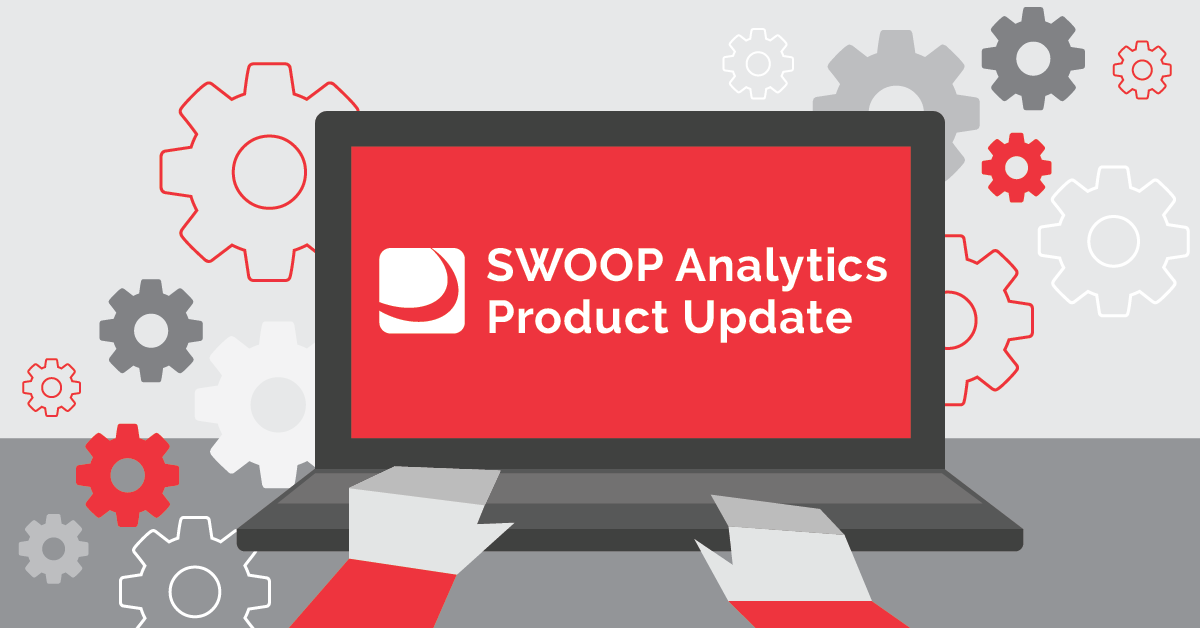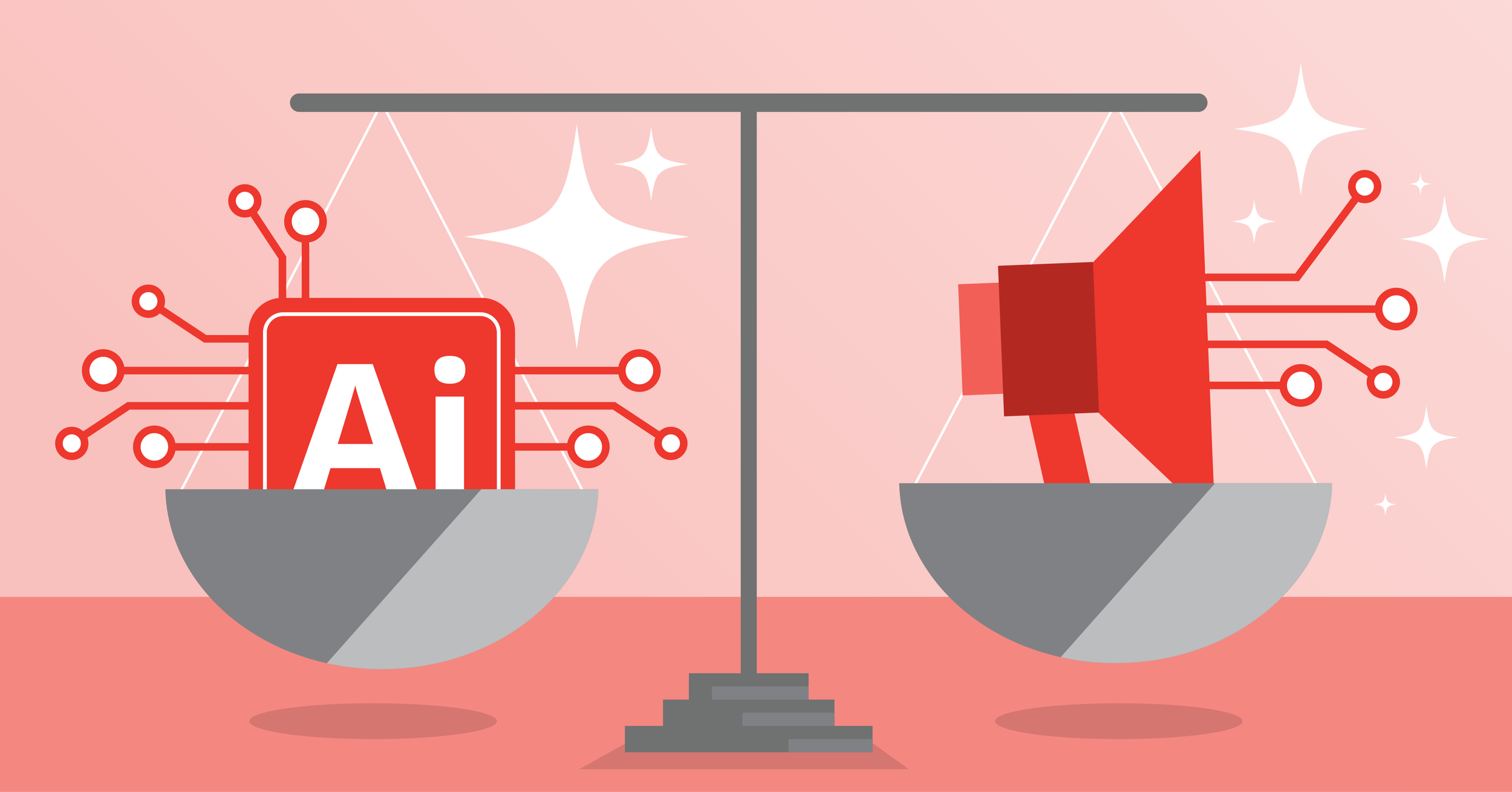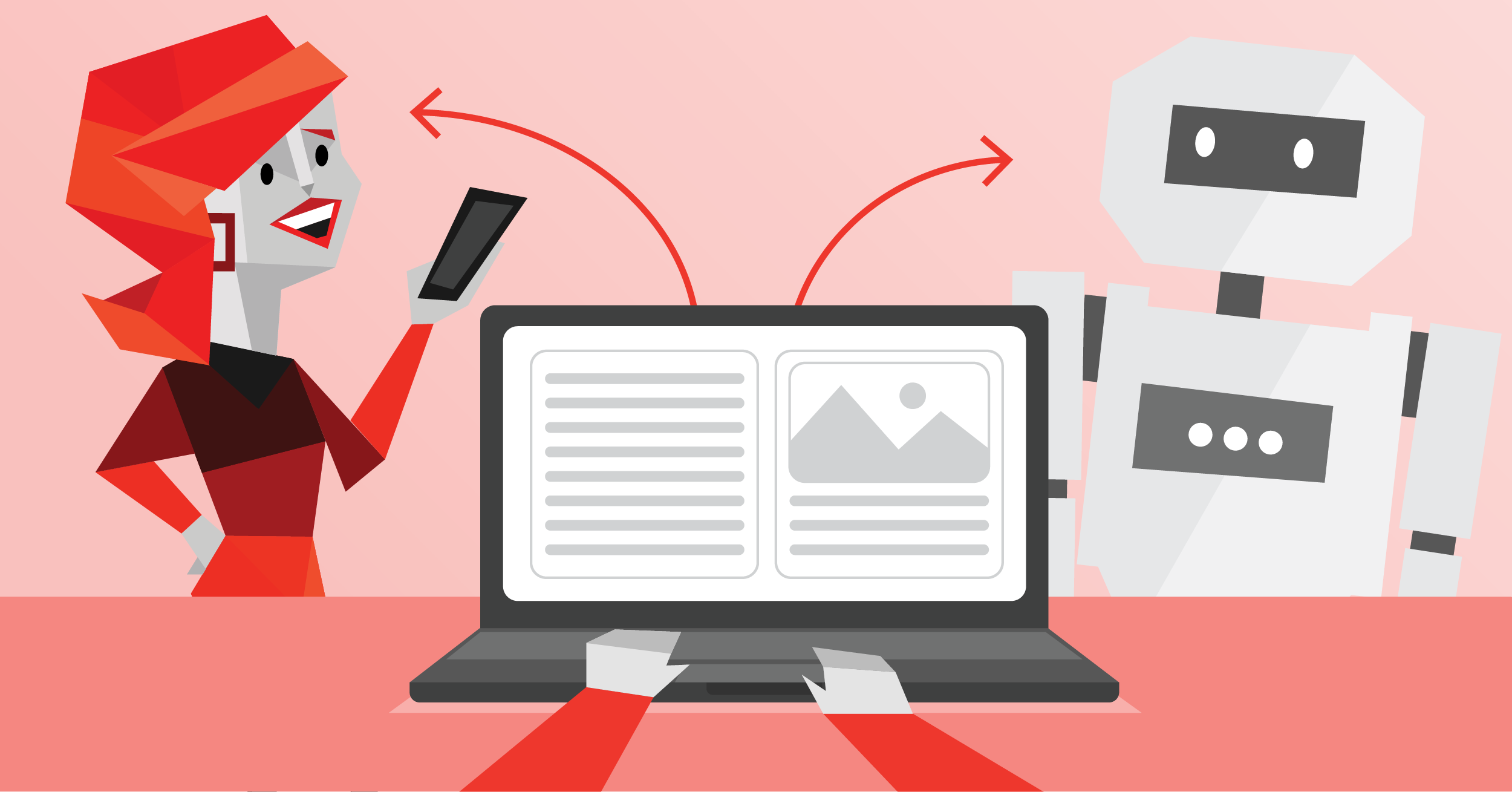
SWOOP Blog
Latest Articles
Blog Archive

Will the ‘Real’ Digital Team Please Stand Up?
Other than simple reports on digital team size and number of messages shared, the team-level analytics currently available are rudimentary at best. My previous article on building effective digital teams examined research my company, Swoop Analytics, did on over 1,300 self-declared digital teams across several organizations using the Workplace by Facebook platform. The average membership from these "teams" was nearly 300 and therefore, most could not be considered real teams. Nevertheless, one would expect that many, in spite of their size, are gaining value from their use of the digital platform.

What Does it Take to Build an Effective Digital Team?
We recently completed what we believe is the largest study of digital team collaboration performance ever undertaken. We analyzed 1,360 digital teams from nearly 70 organizations from a full breadth of industries and geographies. The digital interactions of over 400,000 team members and nearly 2 million interactions over an extended 6-month period were analyzed. Our sample was drawn from users of the collaboration platform Workplace by Facebook, where groups have been self-identified as a team.

Move Beyond Social Media to Benchmark Your Digital Workplace Performance
Many organizations equate digital workplace performance to social media consumption. Senior leaders communicate their vision and objectives down through the organizational hierarchy, with success measured through the perceived employee engagement with those corporate messages. We have been benchmarking organizations’ digital collaboration performance for more than three years, building a database with more than 130 organizations, more than 2 million employees and more than 23 million digital interactions in the process.

Employee Experience Isn't About Mapping Journeys, It's About Bridging Organizational Tribes
Talking about employee engagement as it relates to customer engagement is all the rage these days. The idea being that happy employees equal happy customers. And along the way, some hijacked the “Customer Journey” terminology to speak of “Employee Journeys,” with the inference that a happy employee journey — typically defined by the HR touchpoints of recruitment, on-boarding, learning and development, performance assessment and exit — leads to happy customers. This analogy falls apart at journey’s end: The customer journey ends with a sale. The employee journey ends with the person leaving.
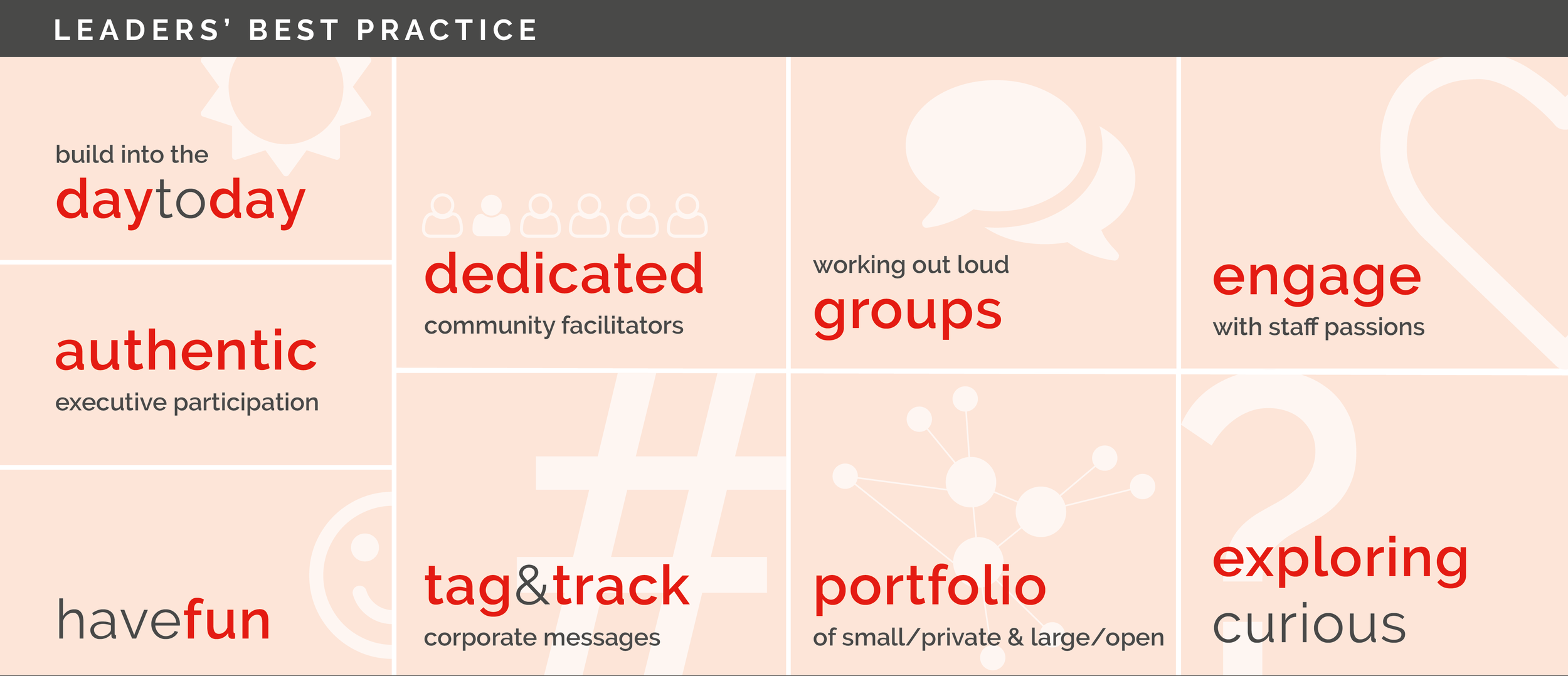
What makes a collaboration champion? The secrets revealed
At SWOOP Analytics, our goal is to help organisations become better and faster at collaborating.
Nothing makes us happier than seeing organisations achieve better collaboration and, ultimately, innovation in their workplace.
This year we are honouring these collaboration champions and sharing with you their best practices. We have introduced the inaugural SWOOP Awards for Outstanding Collaborative Performance in SWOOP’s 2018 Benchmarking of Yammer networks. We trawled through 12 million interactions between 1.4 million people from 74 different organisations to find these star performers.

Are People Analytics the Answer to Your Employee Engagement Woes?
Deloitte's Human Capital Trends 2017 report identified "Organization of the Future" as its leading trend. The report went on to note a big shift in the way employees engage with each other, from hierarchies to networks. This social theme was reinforced in the company's 2018 report, which highlighted the rise of the “social enterprise.” The report placed an organization’s social capital as an enterprise asset on par with traditional physical and intellectual property assets. Deloitte emphasized the importance of a harmonized leadership team in building the social enterprise, with collaboration needed at all levels.

20 Questions That Could Change Your Company
One of the things we uncovered in our research into what generates conversation was that asking questions is particularly impactful (discussion threads are 250% longer), and I previously posted a summary of our findings; ‘The power of the question mark.
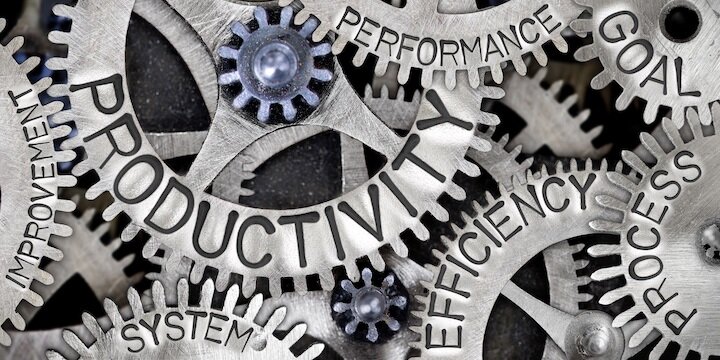
Productivity = Effectiveness + Efficiency: Measuring Effectiveness with SWOOP
Today the technical and business press is filled with stories about the productivity gains available through a digitally disrupted workplace. ‘Bots’ have replaced ‘Apps’ as the ‘must have’ technology gadget. We like Bots because they promise to take away the drudgery of dealing with mindless bureaucratic work processes, freeing our time for tasks that can employ our full intellectual selves. But we always have to remember that productivity has two parts; Effectiveness and Efficiency, or as I like to frame them: ‘Doing the Right Thing’ and ‘Doing it Right’. And of course being extremely efficient doing the ‘wrong’ thing is just a waste!

Are today’s boards ill-equipped to deal with modern workplaces?
As scalps continue to fall in the banking Royal Commission, it’s become clear board members need tools to give insights and transparency into company culture. Boards need to be better technically equipped to deal with non-financial indicators like a poor or ineffective corporate culture.

Peace Data Standard: A Practical and Theoretical Framework for Using Technology to Examine Intergroup Interactions
The current paper presents a theoretical framework for standardizing Peace Data as a means of understanding the conditions under which people’s technology use results in positive engagement and peace.

Your Workplace is Like a Box of Chocolates: Unwrapping with AI Sentiment Analytics and Social Networking Analytics
We extracted some departmental sentiment results from a typical organisation of some 6,000 staff using Workplace by Facebook as their Enterprise Social Network, over a period of about 12 months. We looked at the average sentiment expressed between members of their own department and plotted this against the average sentiment expressed externally to other departments

Can Artificial Intelligence Help Us Tell Fact From Fiction?
It sounds paradoxical: can something artificial help us understand what's real and what isn't? Social media platforms like Facebook and Twitter are pinning their hopes on this possibility in their fight against "fake news”.

What Real-Time Collaboration Data Can Tell Us About Gender Diversity
Do men show an unconscious bias against women at work? Are men slower to respond to women in the workplace? Are women quick to respond because they feel they need to advance their own agendas, given that men still dominate senior management levels? The answers to those questions could reveal a dynamic in the workplace that could disadvantage women.

How AI's Answer to Cyberbullying Can Help in the Workplace
Just as social media platforms use artificial intelligence to flag bullying, businesses can use AI to analyze discussions and improve negotiating tactics.

Could the iPhone Have Been Invented in Today's Digital Workplace?
Could Apple's iPhone have been developed more effectively in an open digital workplace instead of a secretive environment? Largely, the answer is yes.

When Artificial Intelligence Sentiment Analysis Meets Yammer
Bringing some of Microsoft's artificial intelligence capabilities to bear on collaboration tools opens up a new realm of productivity.

Would a BYO (Digital Tools) Approach Work for Your Company?
Do you want to liven things up at your office? Start a conversation about which digital workplace tools your organization should standardize on. There’s a plethora of collaboration tools and technologies to choose from, and picking just one is an overwhelming task.The “bring your own device” (BYOD) movement may offer a solution to the problem. As recently as a decade ago, the idea of bringing your own device to work was unthinkable. Today it’s commonplace for people to use personal devices on the job — especially mobile phones. So, using the same logic as BYOD, why not allow people to collaborate with their own digital tools of choice?

Would a BYO (Digital Tools) Approach Work for Your Company?
When it comes to choosing team collaboration tools, enterprise IT should embrace the BYOD model and let end users decide.
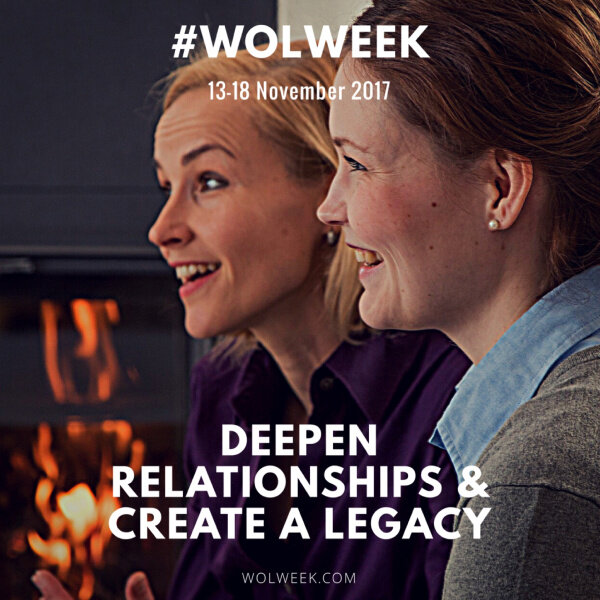
Work Out Loud Circles - Do they Bridge the Gap?
In celebration of Work Out Loud (WOL) week, we want to highlight the role WOL circles can play as a bridge between our world of exploration, discovery and innovation, and the one that occupies most of our time; the day to day tasks.

The Power of a Question, Asked Online
The power of a question to spark imagination, challenge bias or entrenched thinking, or simply to help solve a problem has been long recognised. How expert are we at asking questions online? We decided to dig deep into our SWOOP big data resources looking for an answer.

